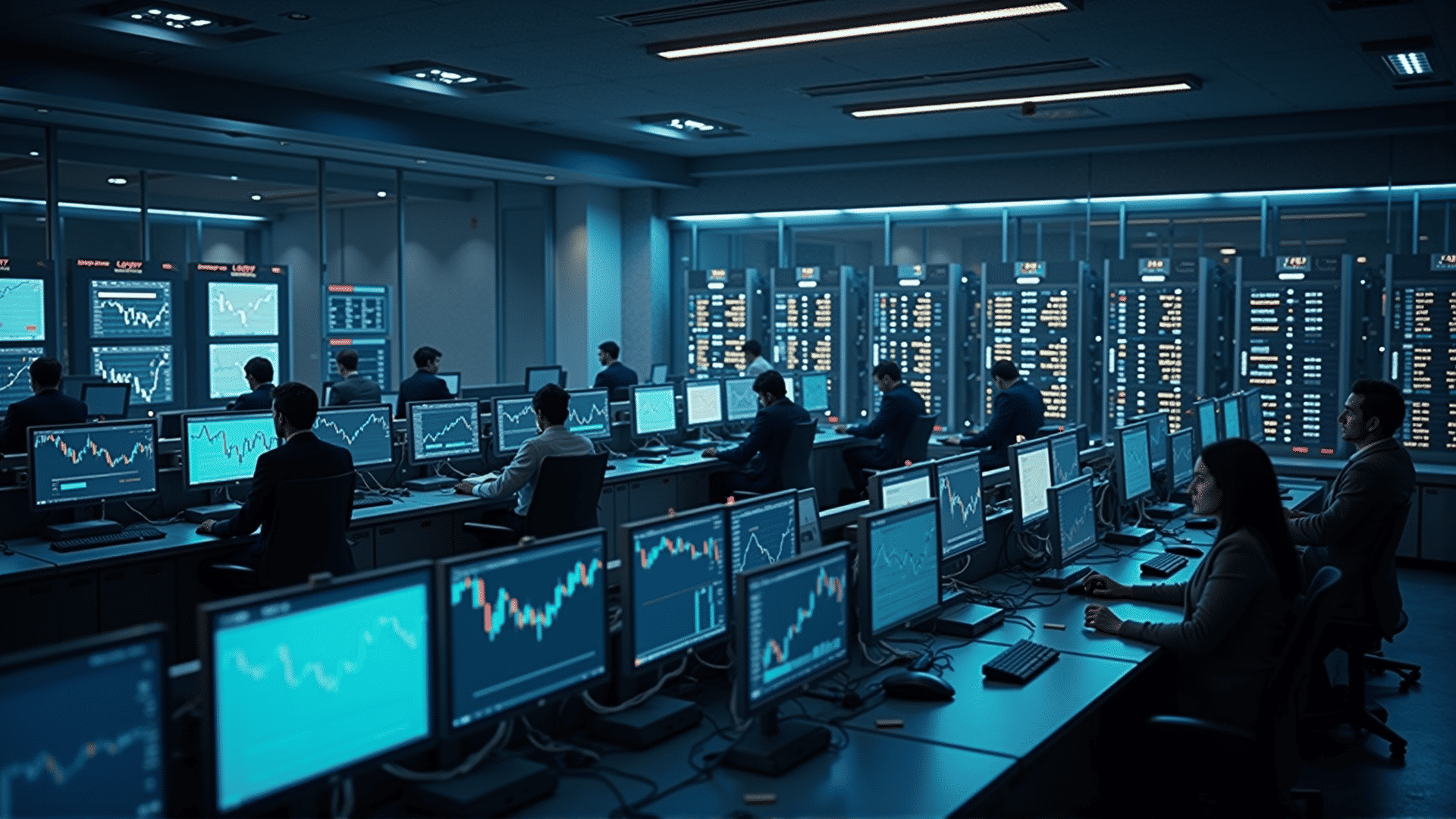In recent years, the financial landscape has been revolutionized by the emergence of automated trading systems, which leverage the power of artificial intelligence (AI) to enhance trading precision and efficiency. These systems, often referred to as algorithmic trading platforms, have become indispensable to traders seeking to optimize their strategies and manage risks in an increasingly complex market environment.
Automated trading systems utilize AI algorithms to analyze vast amounts of market data, identify patterns, and execute trades at lightning speed. By automating these processes, traders can eliminate the human errors and emotional biases that often lead to costly mistakes. The precision and speed of AI-driven trading systems allow for the swift execution of transactions, capitalizing on opportunities that might otherwise go unnoticed.
One of the most significant benefits of AI-driven automated trading is the reduction of risks through systematic and disciplined decision-making. Traditional trading often involves emotional responses to market fluctuations, which can lead to impulsive decisions. In contrast, AI systems rely on data-driven models, ensuring consistency and objectivity in trade execution. By following predefined rules and strategies, these systems minimize the potential for errors, contributing to more stable portfolio management.
Moreover, automated trading systems can adapt to market conditions in real-time. Machine learning algorithms constantly refine their strategies by learning from historical and real-time data. This adaptability allows traders to stay ahead of market trends and efficiently respond to unexpected changes. As a result, AI systems can provide a competitive edge by continuously optimizing trading strategies to maximize returns while minimizing risks.
The implementation of AI-driven trading systems also enhances efficiency through their ability to operate around the clock. Unlike human traders, AI systems can monitor markets 24/7, capturing opportunities across different time zones without the limitations of fatigue or distraction. This continuous operation ensures that trades are executed promptly, taking advantage of volatility and liquidity when they present themselves.
Furthermore, the scalability of automated trading systems is a key advantage for both individual traders and large financial institutions. By automating trading processes, these systems can manage and execute a high volume of transactions simultaneously, allowing institutions to capitalize on economies of scale. This scalability also translates into cost savings, as fewer human resources are needed to monitor and execute trades.
However, deploying AI-driven automated trading systems comes with its own set of challenges. Ensuring the reliability and robustness of these systems is crucial, as technical glitches or erroneous algorithms can lead to significant financial losses. As such, continuous monitoring and refinement of AI models are essential to maintain their effectiveness and mitigate potential risks.
In conclusion, AI-driven automated trading systems represent a transformative shift in the financial industry, offering precision, efficiency, and risk management capabilities that traditional trading methods cannot match. By harnessing the power of AI, traders can make informed, data-driven decisions that enhance their competitive advantage. As these technologies continue to evolve, their integration into the trading environment will likely become even more profound, shaping the future of financial markets.
